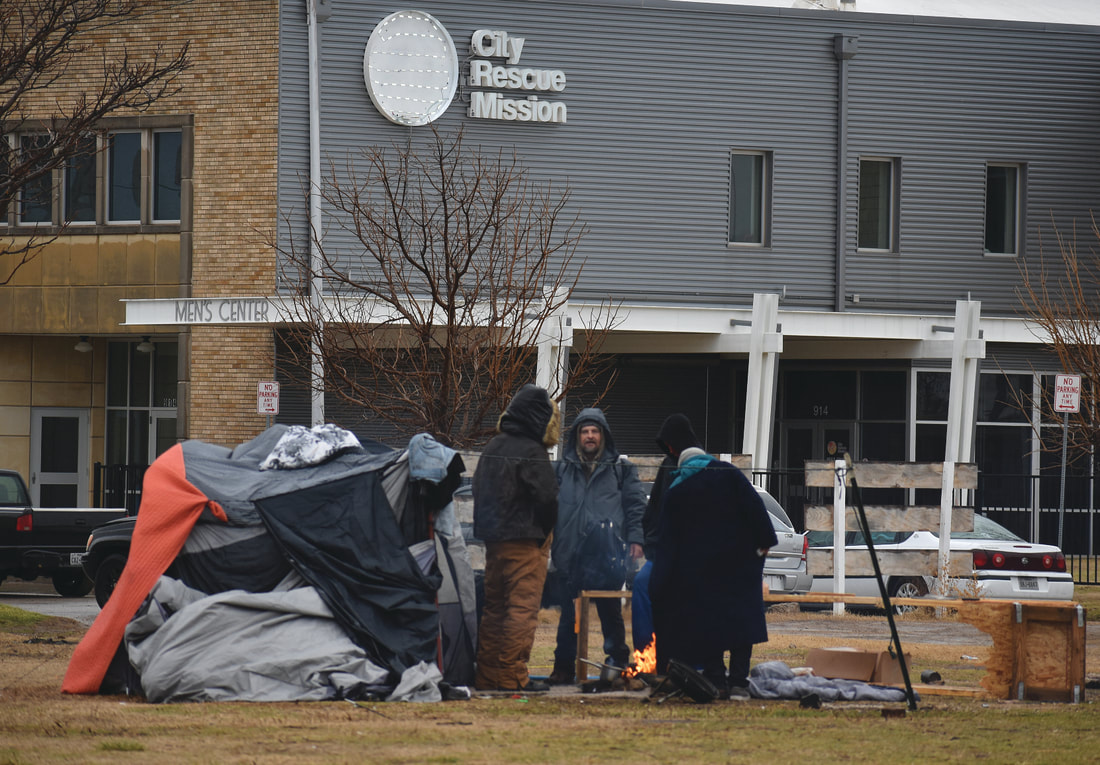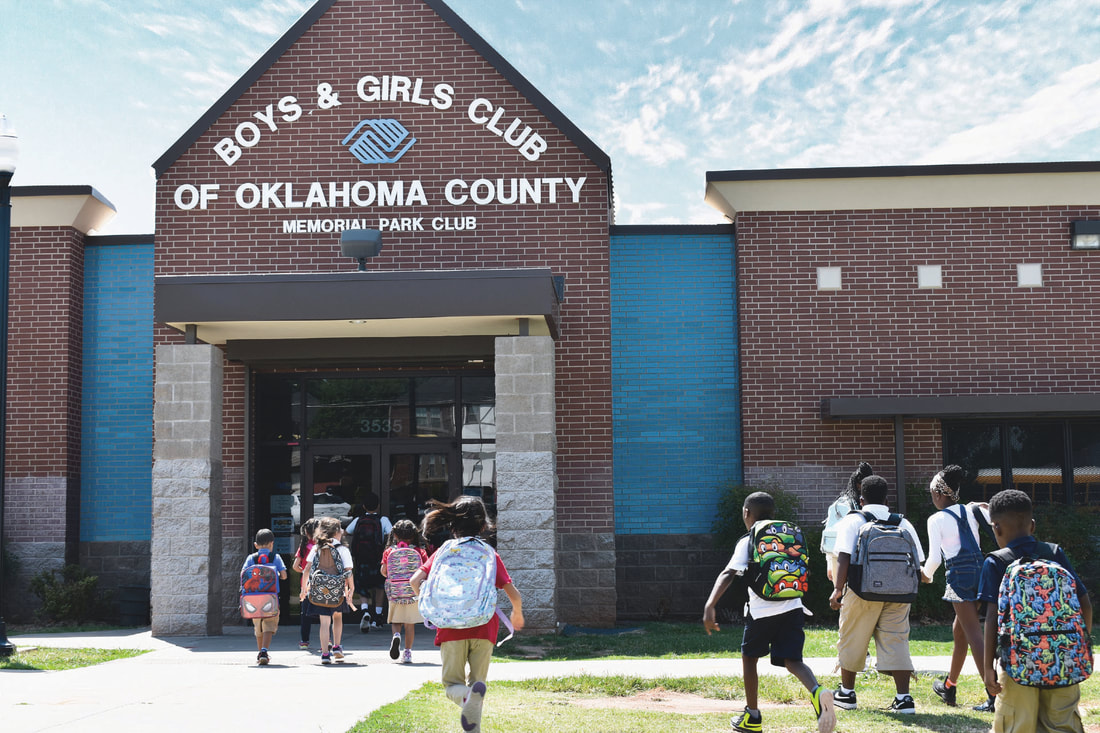By: Katrina Crumbacher and Valerie ScottEditor in Chief and Assistant Editor Sitting on the curb, Johnson Jackson, 63, waits for City Care’s Night Shelter to open. Bundled in layers with gloves and a beanie, it is 40 degrees outside, the wind is blowing, but the doors won’t open for another 45 minutes.
By: Michael Palacios and Zak RoykaPhoto Editor and Website Editor Thanks to Rose State College, Oklahoma’s investment in drones is flying further with the introduction of a new 16-week drone course.
By: Katrina Crumbacher and Valerie ScottEditor-in-Chief and Assistant Editor Any hopes of having mobile Boys & Girls Club experiences in rural Oklahoma by the end of the year were dashed as the legislature’s special session adjourned Friday, Oct. 14.
By: Valerie ScottAssistant Editor In spite of the challenges posed by the pandemic, Midwest City has continued to experience economic growth in recent years.
|



